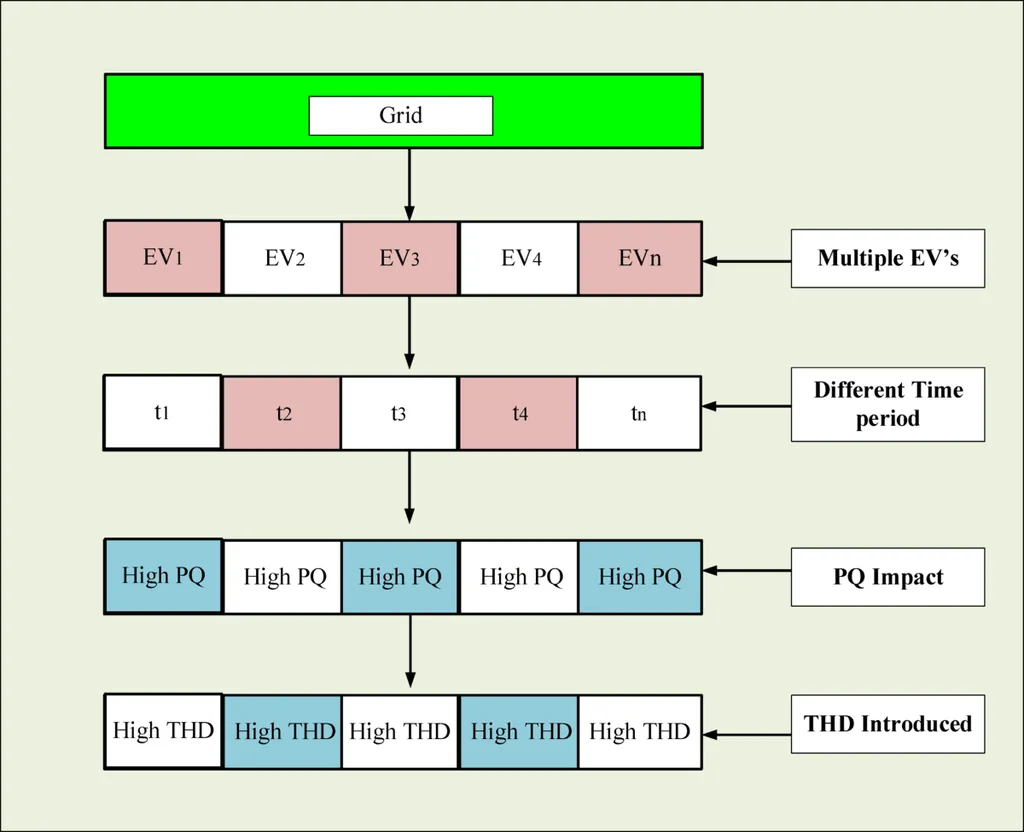In a significant stride towards enhancing lithium-ion battery (LiB) management, researchers have developed a novel method to estimate the state of health (SOH) and remaining useful life (RUL) of these batteries using only partial charging data. This breakthrough, published in the journal *Energies*, addresses a critical challenge in the energy sector, particularly for electric vehicles and energy storage systems.
The study, led by Kejun Qian of the State Grid Suzhou Power Supply Company in Suzhou, China, introduces a data-driven approach that extracts key health features from the constant voltage (CV) charging process and voltage relaxation. This method circumvents the need for full-cycle charging data, which is often impractical to obtain in real-world scenarios.
“Existing methods rely on full-cycle data, which is not always feasible in engineering practice,” Qian explained. “Our approach leverages partial charging data, making it more practical and applicable for real-world battery management systems.”
The researchers employed a hybrid framework combining CatBoost for SOH estimation and particle swarm optimization-support vector regression (PSO-SVR) for RUL estimation. The method was validated on public datasets, demonstrating impressive accuracy with an SOH estimation root mean square error (RMSE) and mean absolute error (MAE) below 1.42% and 0.52%, respectively, and an RUL estimation relative error (RE) under 1.87%.
The implications of this research are substantial for the energy sector. Accurate SOH and RUL estimation are crucial for ensuring battery reliability and safety, which are paramount for the widespread adoption of electric vehicles and the integration of energy storage systems into the grid.
“This methodology not only improves the accuracy of battery health estimation but also enhances the robustness and computational efficiency of battery management systems,” Qian added. “It’s a step forward in making battery systems more reliable and safer for commercial applications.”
The study’s findings could pave the way for more efficient and cost-effective battery management strategies, ultimately contributing to the advancement of renewable energy technologies and the broader energy transition. As the demand for electric vehicles and energy storage solutions continues to grow, innovations like this will be instrumental in shaping the future of the energy sector.

